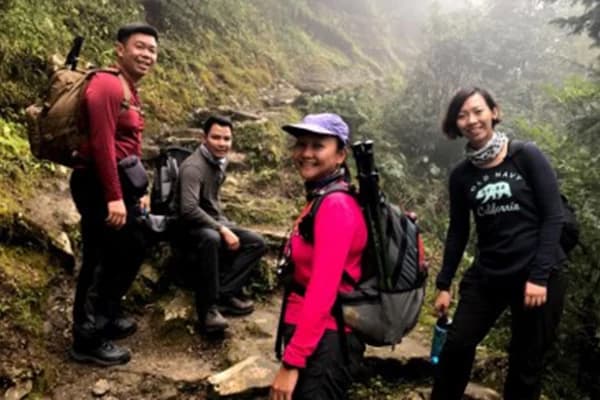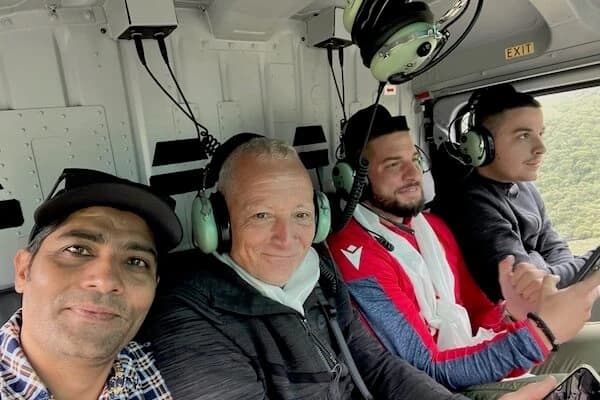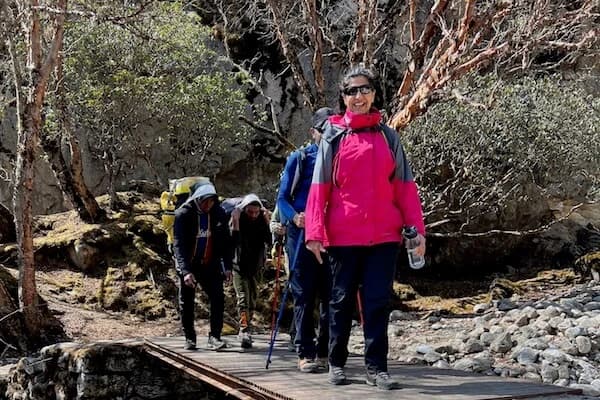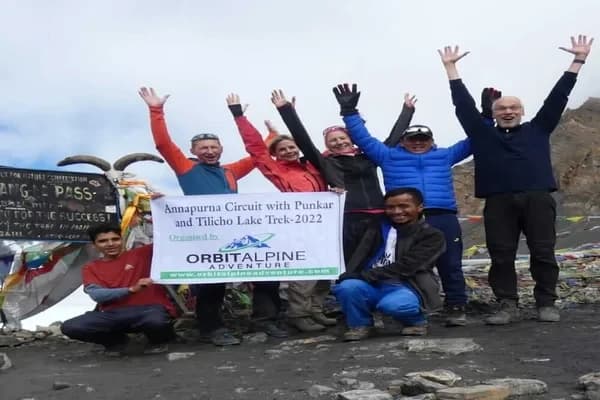Kathmandu Durbar Square
Construction of Kathmandu Durbar Square dates back to Lichchhavi Period around 3rd century although no written evidence is available. It is said that King Ratna Malla (1484-1520) made Kathmandu independent and chose the palaces around the Kathmandu Durbar Square (also Hanuman Dhoka Durbar) to be the palaces for Malla Kings. When King Prithvi Narayan Shah conquered the Kathmandu Valley in 1769, he preferred the same Hanuman Dhoka Durbar (9-storey palace) to be his administrative building.
Around Kathmandu Durbar Square, you can see the Kumari Ghar (meaning Virgin House), a fierceful idol of Kal Bhairav, red monkey god and other numerous idols of the Hindu deities. Kumari Ghar is supposed to be the shrine of a living goddess, Kumari. Kumari is a small lady child before her menstrual period starts, and is chosen through the conventional process from specific ethnic groups of the Newar community. Another attractive point of this site is Kashtamandap, a building made up of wood carved in different size, shape and style. Similarly, you can visit Tribhuvan Museum inside the 9-storey palace for getting information about the Shah royal family of Nepal.
Patan Durbar Square
Among the three durbar squares located in the Kathmandu Valley, Patan Durbar Square, Lalitpur is the smallest one. The question ‘Who constructed the Patan Durbar Square?” can’t be answered clearly. Some say that it was built by Malla Kings; some say the Pradhans and even some say that Thakuri Dynasty that ruled Patan got them built! Whatever the answer to this question but the durbar square is really praiseworthy and magnificent. In the square, we can see a cluster of temples built in pagoda styles and stone statues of different designs. The manmade marks around the square remind the artists of that period who had this talent to handover to their successors.
Patan Durbar Square is also a commercial junction for the Lalitpurians (people living in Lalitpur). Major attractions of this place are the idol of Lord Krishna and the Royal Bath as the masterpieces of Nepalese architecture made up of stones carving them most beautifully. The temple of Lord Krishna is of three storeys standing as an evidence of the Nepalese art and architecture. The inscription found on the idol helps us to know that the statue was built in the 16th century. This site can be a soothing experience to you if you appreciate and praise art and its beautiful creations that remain for ages.
Swayambhunatth Stupa (the Monkey Temple)
Swayambhunath stupa has some stories though unproven behind its name. Actually, ‘Swayambhu’ means ‘self created or self existent’ which was named because there used to be a natural flame on which the stupa was built. Previously, Kathmandu valley is believed to be a large lake with many aquatic animals and plants. When Manjushri, a Buddhist pilgrim from Tibet to Lumbini came across the valley, he sought a lotus in the middle of the lake. Then, he cut the rock at Chobhar and made the valley suitable place for dwelling. Other people also say that, the stupa was built by the great grandfather of Mandev (464-505) who built Changunarayan Temple, King Visadev get the stupa built in the beginning of the 5th century.
Swayambhunath Stupa, also called the Monkey Temple, is located on top of a small foot hill on the southwest part of the valley. It is one of the oldest shrines located in the valley which is visited by both Hindus and Buddhists. Religious tolerance is seen that monasteries and temples are in the single vicinity and visited by Hindus and Buddhists together! The most striking side of this stupa is Swayambhunath can differentiate between justice and injustice through his two eyes painted on the dome.
Swayambhunath Stupa is also said to be the Monkey Temple because you can see many troops of monkeys around the shrine. You know, sometimes if they see you carrying some food items or a small bag in your hand, they come to snatch away! After that they climb up to the trees and you won’t have any chance to get the stuffs back. So, please be careful while carrying such things! From the top, you can have a 360-degree view of the Kathmandu valley and find all beautiful sites around Kathmandu valley.
Pashupatinath Temple
‘Pashu’ in Nepali means animals and ‘pati’ or ‘nath’ means master. In Hindu mythology, Lord Shiva once came for penance with Parvati and lived in the jungle around Pashupati region. So, he is regarded as the god of all living animals. Pashupatinath located in the Kathmandu valley is the holiest pilgrimage site for Hindus all around the world. Every year around the Shiva Ratri, a festival to commemorate Lord Shiva on a night, thousands of Hindus around the world come to visit Pashupati region.
The temple dedicated to Lord Shiva used to exist right from 879 AD as some inscriptions show. However, King Bhupatindra Malla got the present temple built in 1797 AD. In 1653 AD, the king of that time made Guheshwori temple to commemorate the female force. ‘Guheshwori’ gets its name from the anus of Sati Devi, Lord Shiva’s wife who died in her own father’s fire funeral for religious purpose. In fact, when Sati Devi died, Lord Shiva became lunatic and by carrying the corpse of hers took a round of the Earth. At the time, he arrived at Pashupati region, the anus was dropped at the place where now Guheshwori Temple is situated.
Pashupatinath Temple is famous for gold-coated roof and silver doors on all four sides. You can visit Kailash (representing the dwelling place Kailash Parvat (High Himalayas) of Lord Shiva) that have many lingas which are about 1,400 years old. Gorakhnath temple and Bishwarup temple are some other attractions to this shrine. You know, you find a bull (mount of Lord Shiva) waiting all the way at the entrance of the main shrine! You can find about Hindu rituals and ways of worshipping different deities around Pashupatinath. Even the dead bodies are (cremated) burnt on the bank of the Bagmati River and nowadays, you can find the electric machine to change the dead body into ashes!
If you visit these sites, you will know more about the Hindu anus Buddhist religious practices and the ancient art and architecture of Nepal. Your day is fine and fantastic! Have a good time ahead!





